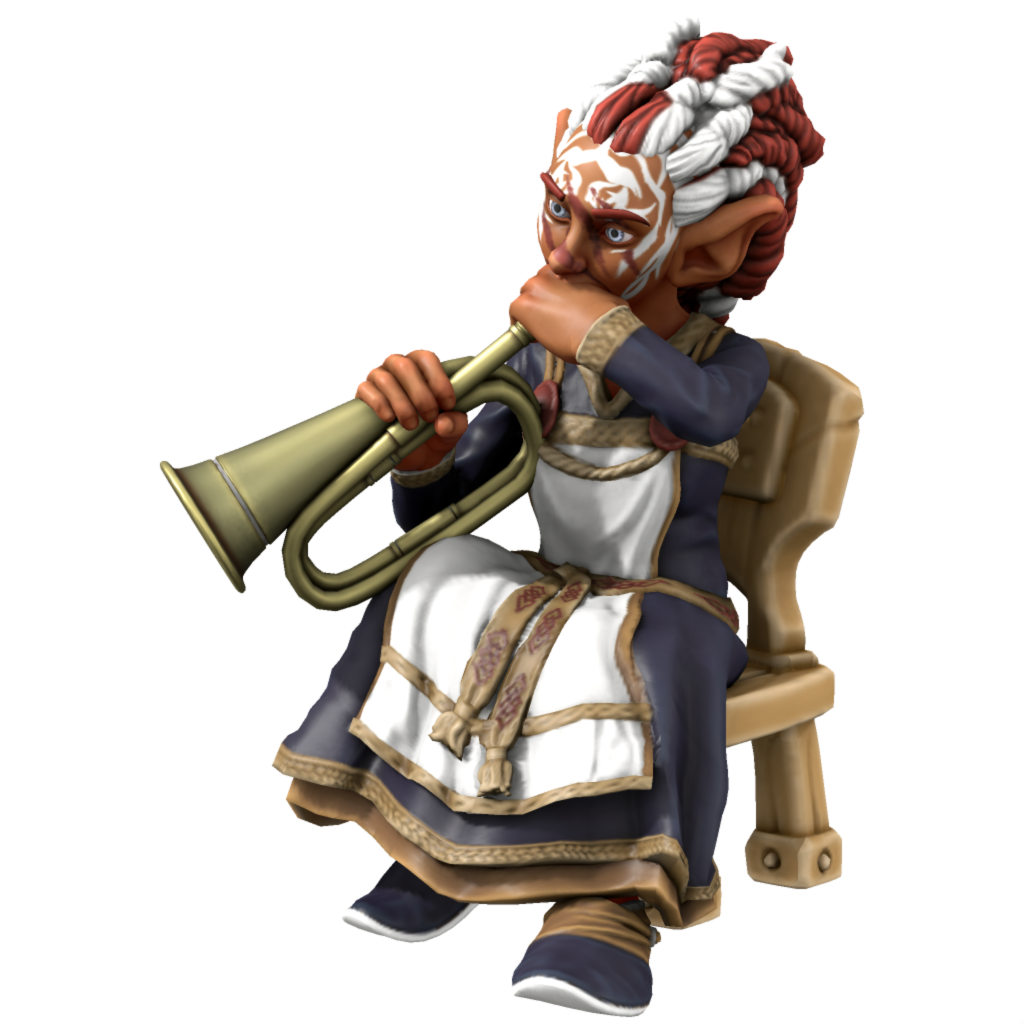Bendir Lizard
The Bendir Lizard is a Bardic Lizard, with many subspecies, which can produce a sort of music naturally with their body. They are companions to many Bards, though their musical qualities were only recently appreciated after being considered annoying for a large period of history.
Bendir Anatomy
Bendir Lizards are many and varied, but there are common traits shared by all, and some other traits that can be observed from subspecies to subspecies. The most common traits in Bendir Lizards are, of course, the reptilian features. Scales, tails, and a skull capable of more flexibility than that of most other living creatures. All Bendir Lizards, however, also contain some form of musical gift, said to be from the Goddess of Music herself, Ninatta.Musical Gifts
Bendir Lizards each have a special musical gift among them, and there are even some who hold multiple. Some examples of gifts among the Bendir are:- Drumback- Being able to use their backs like a drum, using their tail as a drumstick to play it. These can be drums like a snare, bass, or timpani to cymbals, gongs, or triangles.
- Xyloback- Those with more ridged backs are able to use the ridges like a drumback, but the sound is much closer to that of a xylophone rather than the other percussive instruments of a Drumback.
- Bonetroms- A strange thing that occurs in the throats of some Bendir Lizards where they scream, making a noise similar to that of a trombone.
- Screamoid- Instead of making a trombone noise, there are instead some Bendir that seem to scream out noises. It is even said they can be trained to mimic words if they are taught them.
- Saxoboys- Like Bonetroms and Screamoids, Saxoboys speak out music, though the sound emitted by Saxoboy Bendir is like that of a woodwind instrument, with some variations in clarinets, saxophones, or flutes.
- Keyfeet- These Bendir make noises similar to that of a piano when they walk, as their toes have nerves in them that produce a noise that sounds like it.
- Stringers- On the bellies of these kinds of Bendir is a string, which can be played if the Bendir stands on its hind legs or lays on its back. This string, depending on the frequency with which the Bendir decides to speak or sing it, emits a different kind of noise. These can sound like anything from cellos, basses, violins, or harps to ukeleles, thunder guitars, or shamisens.





Comments